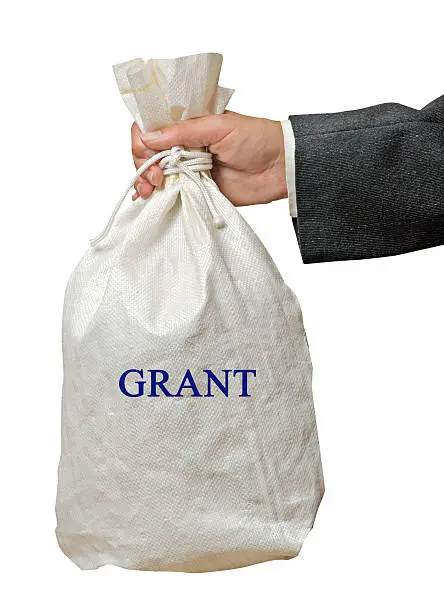The Elements of a Grant Proposal.
In the journey towards securing grant funding, a grant proposal acts as your passport. It is the document that presents your case, illustrates your vision, and convinces the funder to invest in your project. To create a winning proposal, you need to understand and effectively incorporate its essential elements.
1. Cover Letter
Your grant proposal begins with a cover letter, a snapshot of your proposal that succinctly presents your project’s purpose and its alignment with the funder’s mission. Crafted with care, it sparks the funder’s interest and invites them to delve deeper into your proposal.
2. Executive Summary
The executive summary is a concise overview of your proposal. It encapsulates the essence of your project, providing a snapshot of the problem, your proposed solution, the expected outcomes, and the requested funding amount.
3. Problem Statement
The problem statement illuminates the issue your project aims to address. It presents the problem in a compelling manner, highlighting its relevance, urgency, and the gap your project intends to fill.
4. Project Objectives and Goals
This section outlines what you aim to achieve through your project. Your objectives should be Specific, Measurable, Achievable, Relevant, and Time-bound (SMART), providing a clear and quantifiable roadmap to your project’s success.
5. Project Description
The project description provides a comprehensive overview of your project. It details your proposed solution, the methodology, the timeline, and the personnel involved, demonstrating your project’s feasibility and your capability to execute it.
6. Budget
The budget section provides a detailed financial blueprint of your project. It includes a line-by-line breakdown of the project costs and justifies these costs, assuring the funder of your project’s financial feasibility and your organization’s financial management capability.
7. Evaluation Plan
Your evaluation plan outlines how you intend to measure your project’s success. It defines the metrics you will use, the data you will collect, and how you will analyze this data to evaluate your project’s effectiveness and impact.
8. Sustainability Plan
The sustainability plan outlines how your project will continue to have an impact beyond the grant funding period. This provides reassurance to the funder that their investment will yield long-term results.
9. Organizational Information
This section provides information about your organization. It details your mission, history, successes, and capabilities, showcasing your organization’s credibility and capacity to implement the project.
10. Appendices
The appendices can include additional information that supports your proposal. This could be letters of support, your organization’s financial statements, resumes of key personnel, or case studies of previous projects.
Conclusion
These essential elements together form the architecture of a persuasive grant proposal. Each component serves a specific purpose and contributes towards painting a compelling picture of your project.
For an in-depth understanding of these essential elements and how to incorporate them effectively in your grant proposal, explore our book, “Advanced Grant Writing“.
It offers a detailed guide to creating winning grant proposals, transforming your vision into a compelling narrative that resonates with funders. Ready to enhance your grant writing skills? Grab a Copy of Advanced Grant Writing Book






